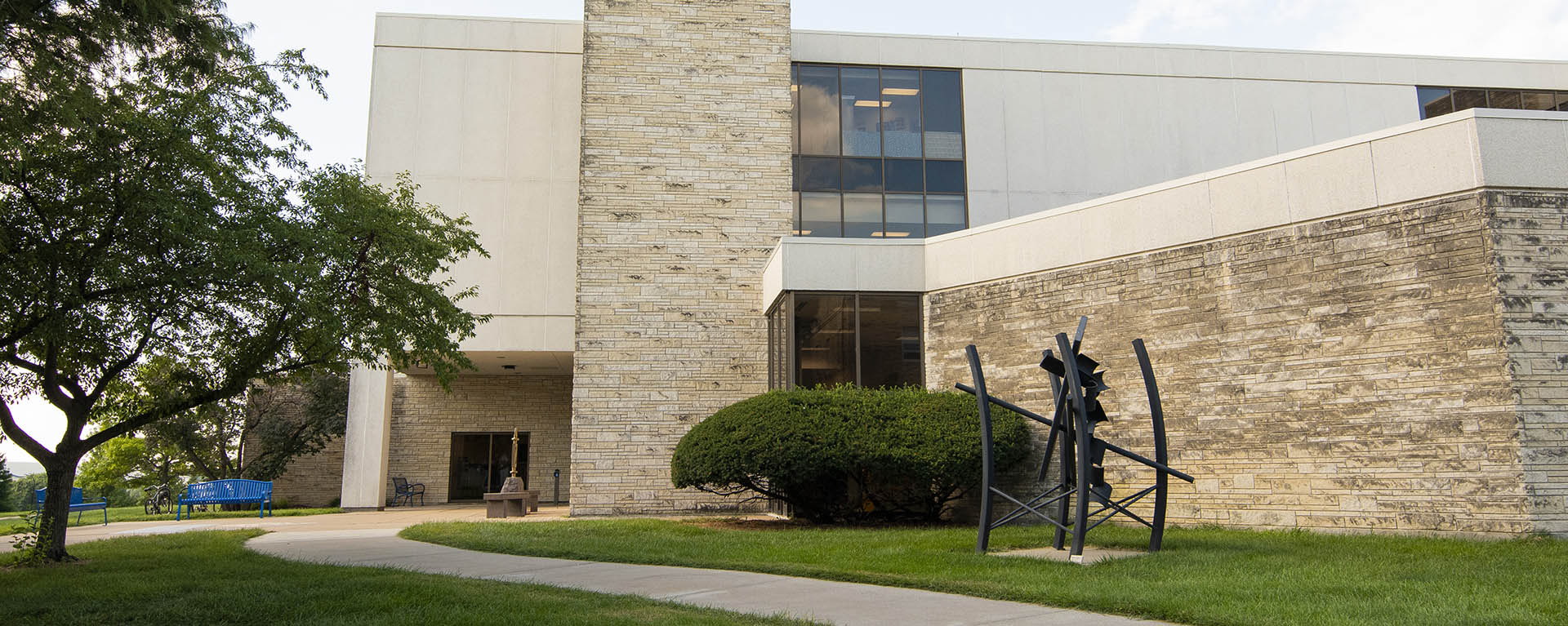
Question 1
TRUE OR FALSE:
Students and teachers may use copyrighted works in multimedia projects without obtaining permission from the copyright owner(s).
Question 2
TRUE OR FALSE:
I do not need permission because I am using only a small amount of the copyrighted work.
Question 3
TRUE OR FALSE:
I want to use an audio clip of a small portion of Dr. King’s I Have a Dream speech for the opening of my multimedia project, a documentary about the life of Martin Luther King, Jr. I want to use the portion of the speech where Dr. King says,
"I have a dream that one day this nation will rise up and live out the true meaning of its creed: 'We hold these truths to be self-evident: that all men are created equal.' I have a dream…"
It is permissible for me to do this.
Question 4
TRUE OR FALSE:
I assign my students to do multimedia projects. I show these projects on computers in the lab during school open house. I do not need to obtain permission from the copyright owners for this public performance of projects containing copyrighted pictures, video clips, and music.
Question 5
TRUE OR FALSE:
The teacher in the previous question wants to retain some student multimedia projects to show students in other classes examples of good work. This can be done according to fair use of multimedia guidelines.
Question 6
TRUE OR FALSE:
A professor teaches a course in which he occasionally plays a short piece of several videotapes. The videotapes have been lawfully purchased by the university library. It is permissible for the professor to reproduce these short selections onto one compact disk in order to prevent their loss or deterioration and so that he can show them by using equipment already available in his mediated classroom.
Question 7
TRUE OR FALSE:
A professor produces a multimedia project containing copyrighted works. The professor may keep this project in a portfolio for tenure review.
Question 8
TRUE OR FALSE:
A professor displays student multimedia projects in her classroom and also places these same projects into her ANGEL online course materials for display to her distance learners. This is a fair use.
Question 9
TRUE OR FALSE:
I have a photographer’s permission to use his photographs in my multimedia work. The copyright on my multimedia work will also include the photographs.
Question10
TRUE OR FALSE:
I can use a photographer’s copyrighted photographs, scan them, and alter the image by using digital editing software, so I can include the altered version of the photograph in a multimedia work to sell to consumers.
Question11
TRUE OR FALSE:
The work I want to use does not have a copyright notice on it, so it is not copyrighted. I am free to use it.
Question12
TRUE OR FALSE:
I can take images from a commercial compact disc image collection and insert them into a multimedia work that I am producing for my class.
ANSWERS

